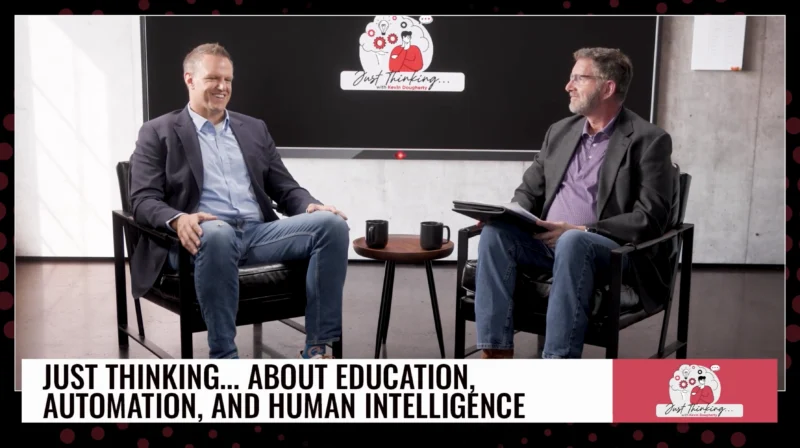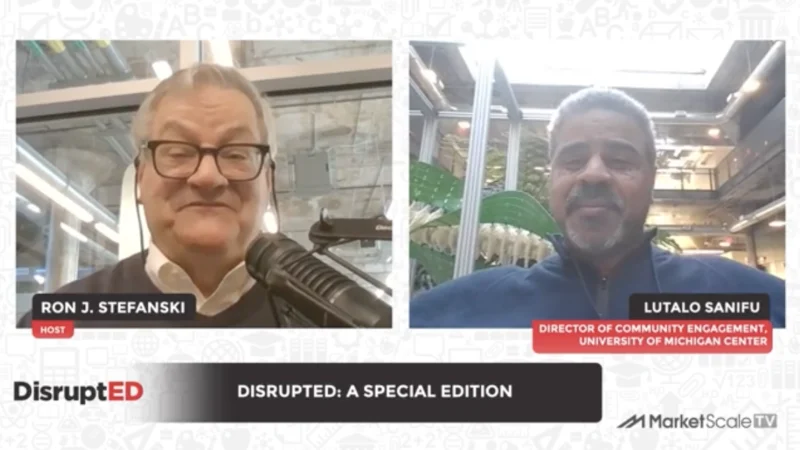Exploring 3D Design in Early Education with Tinkercad
When it comes to nurturing creativity and innovative problem-solving in the classroom, the importance of design-based learning cannot be overstated. And the good news? Even the youngest students can participate in design challenges. The key lies in simplifying the learning process with user-friendly tools, such as Tinkercad’s scribble tool.
Starting Simple: The Scribble Tool for Beginners
The brilliant thing about the scribble tool is its simplicity. Located on the right-hand side of Tinkercad’s interface, this powerful tool allows students to draw anything they’d like. From their names to their favorite animals to intricate flower patterns, imagination is the only limit.
Once the drawing is complete, something magical happens – that simple, two-dimensional sketch turns into a three-dimensional model! This feature serves as an easy and thrilling introduction to the world of 3D design for students.
3D Printing and Design Challenges
Preparing the design for 3D printing adds an additional layer of complexity, challenging the young designers to think about the separate pieces and how to combine them. This can be done, for example, by using various basic building shapes provided within Tinkercad to create a platform or base that will hold all the different elements together.
Design challenges offer a great way to bring a competitive yet collaborative learning element into the process. Resources like My STEM Kits can provide a range of interesting challenges directed at different age groups, from preschoolers to high school students.
The Joy of Design in Early Education
Design doesn’t just foster creativity – it empowers young learners, letting them bring their ideas to life. Using tools like Tinkercad’s scribble tool even in first-grade classrooms allows children to experiment, create, and problem-solve in an engaging and hands-on way.
Cultivating design skills early on prepares students for the future, where these competencies serve as fundamental building blocks. But the journey doesn’t have to be complicated or overwhelming. Starting simple, breaking down the process, and engaging in fun design challenges can pique children’s interest and fuel their curiosity.
So, why not start exploring the possibilities today? Your students are bound to surprise you with their creativity and innovation.
Let’s Start Designing!
Ready to introduce your students to the captivating world of 3D design? Whether you’re an educator or a parent, let’s work together to prepare our young learners for the future, making learning both fun and constructive. Explore the scribble tool in Tinkercad today and see where your students’ imagination will take them!




